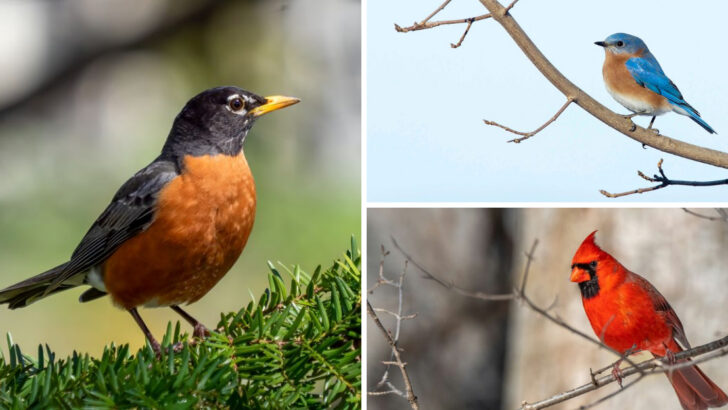Think you know your birds? Think again. Some of the most recognizable birds in North America are masters of misdirection. A quick flash of feathers, a familiar call—and just like that, you’ve logged the wrong species. It’s not your fault. Nature has a way of playing tricks on even the sharpest birders. Look-alike wings, copycat songs, and seasonal color shifts can fool almost anyone. But there are a few birds every birder should have locked in their memory. Not just because they’re common—but because they’re commonly confused. This list will sharpen your eye, challenge your assumptions, and maybe even help you finally solve that mystery bird from last weekend.
American Robin
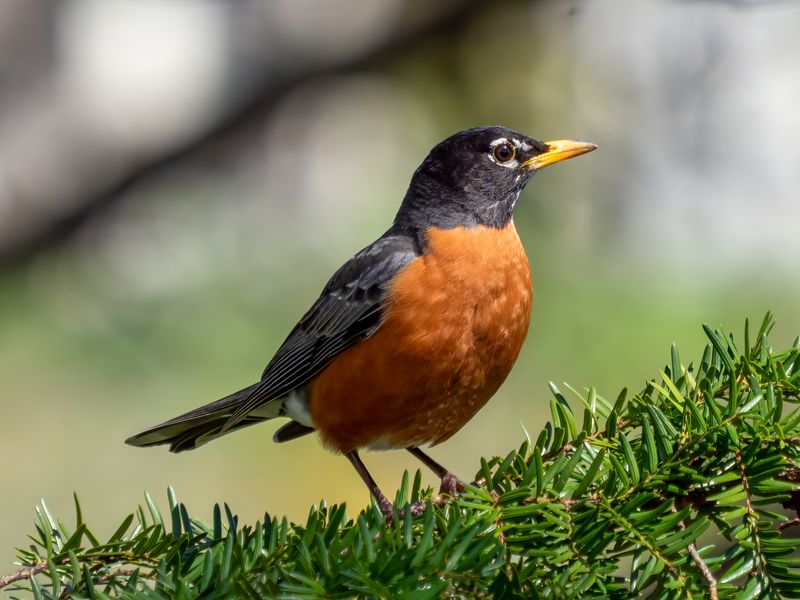
With its cheerful song and vibrant red breast, the American Robin is a familiar sight in gardens and parks. These birds are known for their early morning melodies, often heralding the start of the day.
Robins are highly adaptable, thriving in both urban and rural settings. They forage on the ground, searching for worms and insects, making them easy to spot.
Despite their popularity, robins are not true harbingers of spring, as some stay in northern regions year-round. Their melodic presence and striking appearance make them a favorite among birdwatchers.
Northern Cardinal
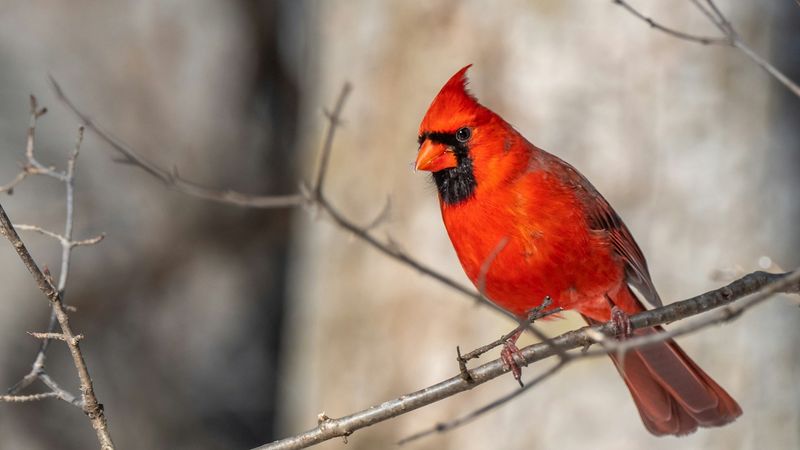
The Northern Cardinal, with its striking red plumage, is a beacon of beauty in any landscape. Males are particularly eye-catching, while females sport more subdued tones.
These birds are not only visually stunning but also boast a rich, whistling song that adds a musical element to their charm.
Cardinals are monogamous and often seen in pairs, adding a touch of romance to the avian world. Their adaptability to various habitats makes them a favorite for backyard bird feeders, providing endless opportunities for observation.
Blue Jay
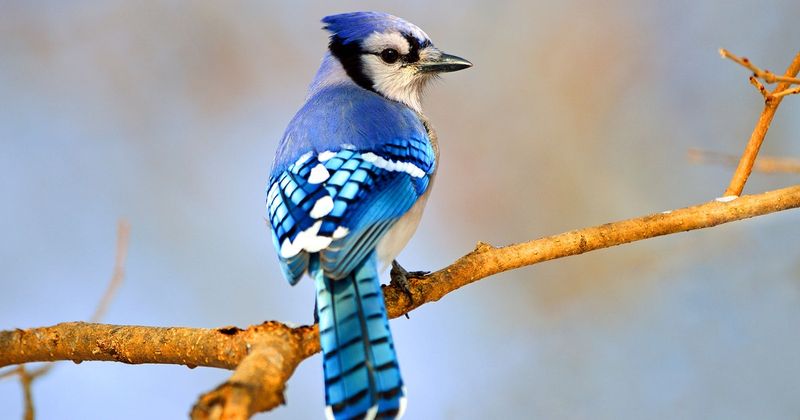
Blue Jays are known for their intelligence and complex social behaviors, making them fascinating subjects for study. Their vibrant blue feathers and distinctive crest are unmistakable.
These birds have a penchant for mimicking the calls of other birds, including hawks, which showcases their vocal prowess.
Often seen in noisy flocks, Blue Jays are excellent at finding and storing food, particularly acorns, contributing to forest regeneration. Their bold personality and striking appearance make them a staple in North American forests.
Red-winged Blackbird
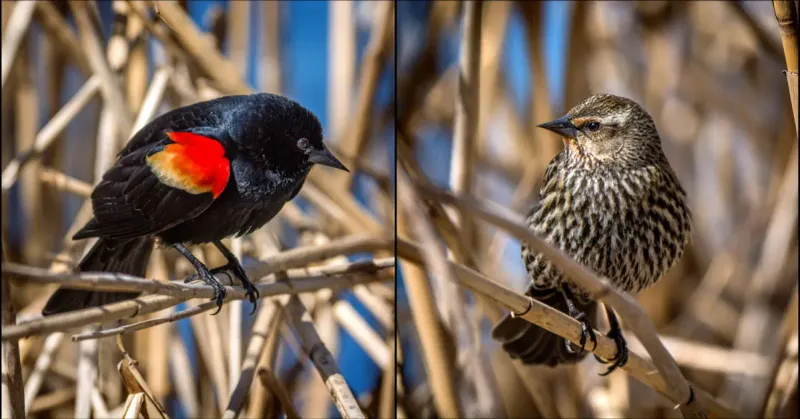
The Red-winged Blackbird is a common yet captivating sight across North America’s wetlands. Males are easily recognized by their glossy black feathers and vivid red and yellow shoulder patches.
Their distinctive call, often compared to a rusty gate, echoes across marshes and fields.
These territorial birds are often seen perched on cattails, defending their nesting sites with vigor. Females, on the other hand, are more subdued in color, blending into their surroundings to avoid predators. Their presence is a true mark of vibrant wetlands.
American Goldfinch
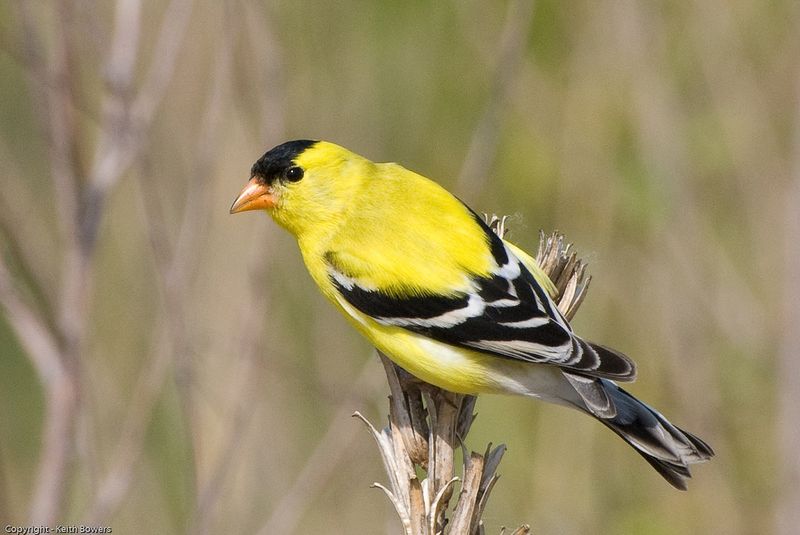
American Goldfinches are small birds with a big personality, known for their vibrant yellow plumage during the breeding season.
These acrobatic feeders are often seen clinging to thistles and sunflowers, extracting seeds with precision. In winter, goldfinches transition to a more subdued brown color, blending into their environment.
Their cheerful demeanor and distinctive, undulating flight pattern make them a joy to observe. Goldfinches are also known for their late nesting season, coinciding with the abundance of seeds in their habitat.
Mourning Dove
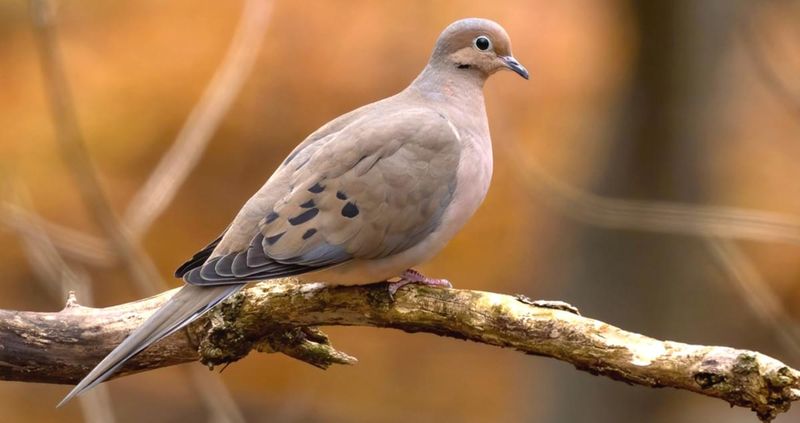
The gentle cooing of the Mourning Dove is a familiar sound in many landscapes, offering a sense of peace and tranquility.
These elegant birds are known for their slender bodies and long tails, often seen perching on wires or foraging on the ground.
Mourning Doves are prolific breeders, sometimes raising up to six broods a year. Despite their abundance, they are often mistaken for other dove species due to their subtle coloration. They symbolize hope and renewal in many cultures, adding to their charm.
Barn Owl
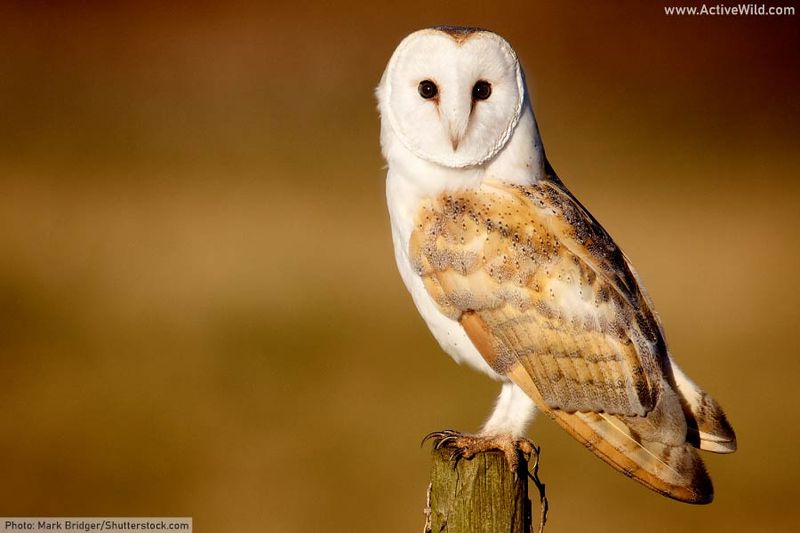
Barn Owls are ghostly figures of the night, known for their silent flight and hauntingly beautiful appearance.
Their heart-shaped faces and dark eyes give them a distinct, mysterious look, setting them apart from other owls.
These nocturnal hunters are expert rodent controllers, making them invaluable to farmers. Barn Owls are often seen gliding through fields at dusk, searching for prey with precision. Their eerie calls and ethereal presence make them a captivating subject for birders and nature lovers alike.
Eastern Bluebird
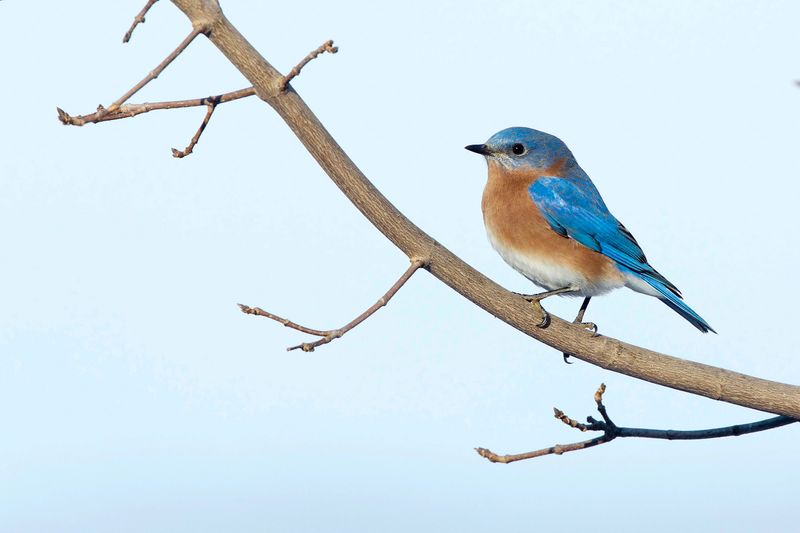
Eastern Bluebirds bring a splash of color to the countryside with their vivid blue and rusty reddish-brown hues.
These cavity nesters often utilize man-made nest boxes, making them popular among conservationists. Their soft, warbling songs create a pleasant atmosphere in open fields and orchards.
Eastern Bluebirds are agile fliers, often seen darting after insects in mid-air. They symbolize happiness and prosperity, and their presence is considered a positive omen in many cultures.
Bald Eagle
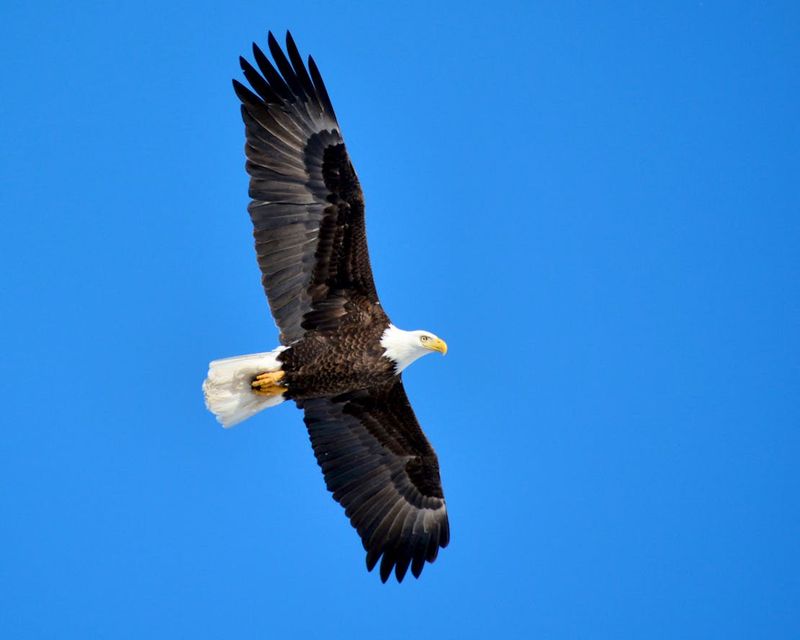
The Bald Eagle stands as a symbol of strength and freedom, with its striking white head and impressive wingspan.
These majestic raptors are often seen soaring above bodies of water, searching for fish with keen eyesight. Their nests, known as eyries, are among the largest of any bird species, reflecting their status and legacy.
Bald Eagles are conservation success stories, having rebounded from the brink of extinction to thrive once more, embodying resilience and grace in the wild.
Peregrine Falcon
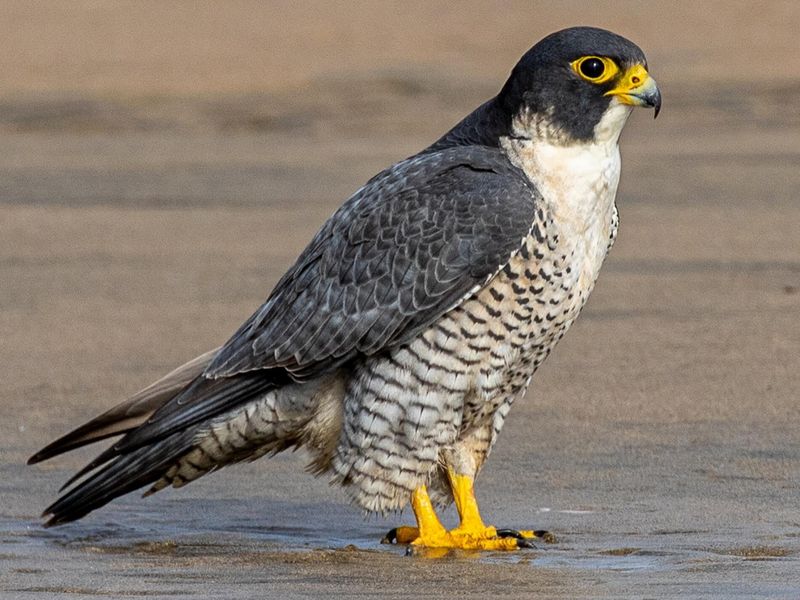
The Peregrine Falcon is renowned for its unparalleled speed, reaching over 240 miles per hour during stoops.
These raptors are adept hunters, known for their sharp talons and keen eyesight. They thrive in urban environments, nesting on skyscrapers as well as in natural cliffs.
Peregrines are emblematic of speed and power, capturing the imaginations of birders and wildlife enthusiasts. Their recovery from near extinction due to pesticide use is a testament to conservation efforts and nature’s resilience.
Common Loon
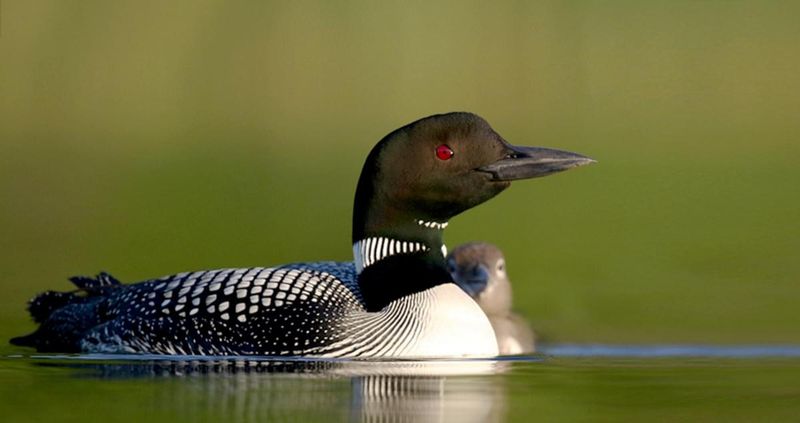
The haunting calls of the Common Loon echo across northern lakes, creating an atmosphere of mystery and solitude.
These aquatic birds are remarkable divers, capable of reaching depths of 200 feet in pursuit of fish. Their striking plumage and red eyes add to their allure, making them a sought-after sight on calm waters.
Loons are symbols of wild, unspoiled nature, often seen as barometers of environmental health due to their sensitivity to pollutants.
European Starling
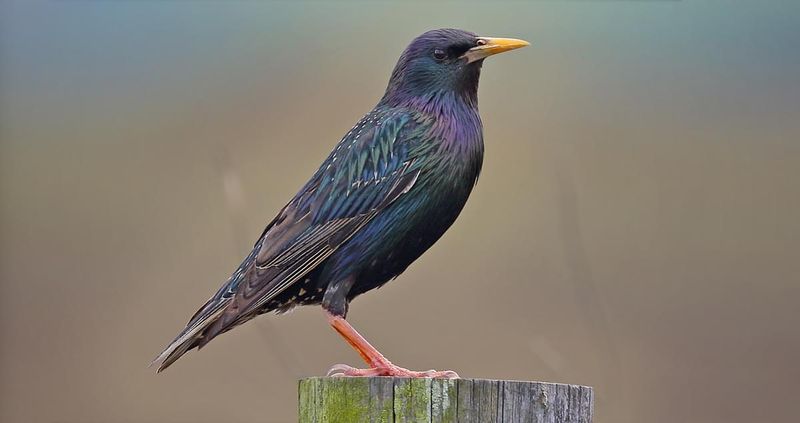
European Starlings, with their iridescent feathers and starry speckles, are both admired and infamous.
Originally introduced to North America, they’ve become one of the continent’s most widespread bird species. Their ability to mimic sounds and their impressive murmurations showcase their adaptability and complex social structures.
Despite being often categorized as pests, starlings have an undeniable charm and intelligence that fascinates observers. Their presence is a reminder of nature’s resilience and the unintended consequences of human actions.
House Sparrow
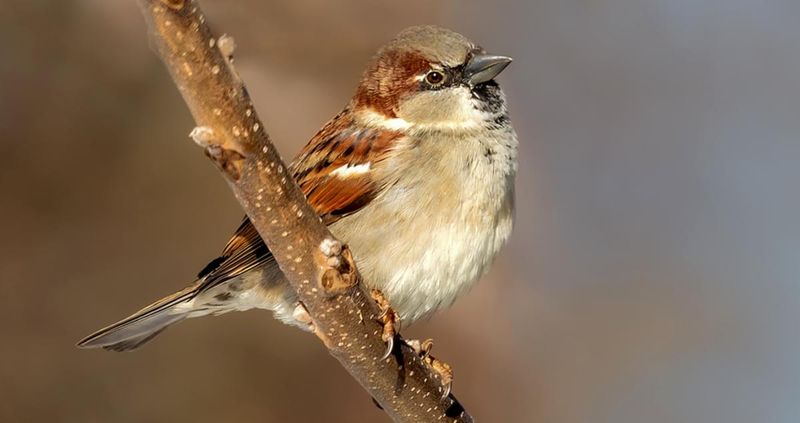
The House Sparrow is a ubiquitous presence in urban landscapes, with its cheerful chirps and social nature.
These small birds thrive in human-modified environments, often seen foraging in city streets and gardens. Their adaptability has enabled them to spread across the globe, making them one of the most recognized species worldwide.
Despite their commonality, House Sparrows face challenges, as their populations decline in some areas. They serve as a testament to the ever-changing dynamics of urban eco-systems.
Downy Woodpecker
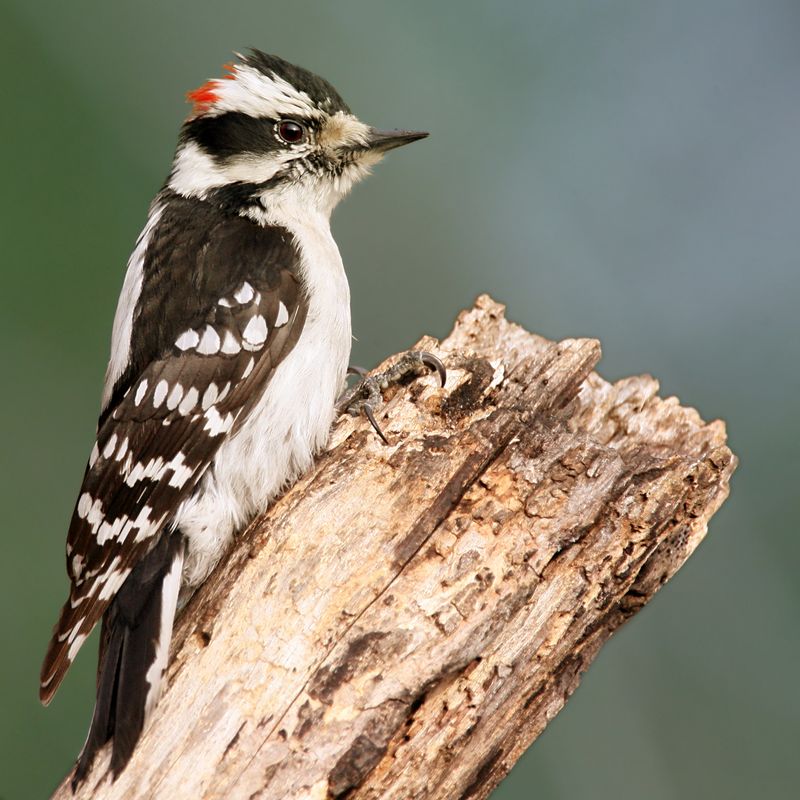
The Downy Woodpecker, with its contrasting black and white plumage, is a frequent visitor to backyard feeders.
These small woodpeckers are known for their energetic pecking, which resonates through forests and gardens alike. Despite their petite stature, they are adept at drilling into wood to find insects, showcasing their resilience and resourcefulness.
Identifying Downy Woodpeckers involves noting their short bill and spotted wings, setting them apart from larger woodpecker species. Their lively presence and industrious nature make them a joy to watch.
Song Sparrow
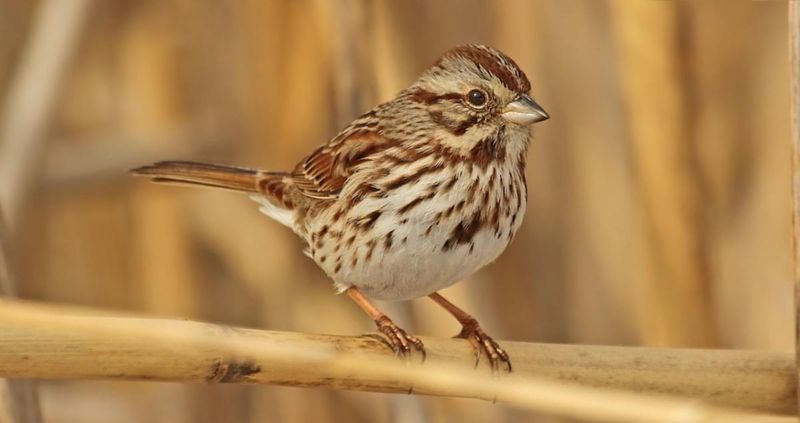
The Song Sparrow’s delightful melodies bring joy to any springtime setting, with varied songs that are unique to each individual.
These adaptable birds are found across North America, inhabiting diverse environments from wetlands to urban gardens. Their streaked brown feathers provide excellent camouflage, making them both a challenge and a delight to spot.
Song Sparrows are known for their resilience, thriving in changing landscapes and demonstrating the adaptability of nature’s songsters.

